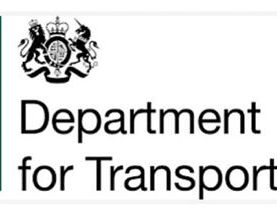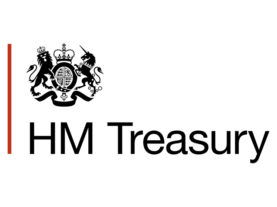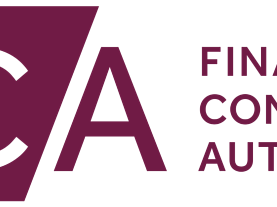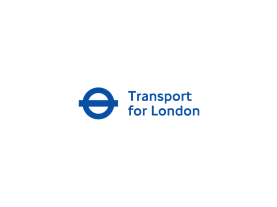The Department for Transport (DfT) consultation on proposed CO2 regulatory framework for new vehicle sales closed on 22 September 2021. This consultation had two key elements, the definition of hybrids and introducing a Zero Emission Vehicle sales mandate
Defining Significant Zero-Emission Capability (SZEC)
The Government has considered the definition and how this should be measured for hybrids from 2030 to 2035. Three options were proposed:
Option 1: grammes of CO2 per kilometre (gCO2/km)
Option 2: continuous zero emission range
Option 3: percentage of journey time spent in zero emission mode
In its response the BVRLA stated how members have mixed views about the future role of hybrids. For use cases where a full battery electric vehicle (BEV) may not be viable, it is imperative that alternative hybrid options are available. Government must ensure it does not make the SZEC definition regulation so stringent that this effectively imposes a phase out date for full hybrids before 2035.
Whilst BVRLA members do not want to see a new emissions or range metric that would add system costs and complexity, they are also concerned that the existing WLTP testing regime is not an accurate reflection of real world driving scenarios.
New Road Vehicle CO2 Emissions Regulatory Framework
To align with the Government's petrol and diesel phase out targets two approaches are being considered:
Option 1 - base future UK CO2 emissions regulations on the current CAFÉ framework, with more ambitious efficiency targets
Option 2 - introduce a UK zero emission vehicle (ZEV) sales mandate alongside CO2 regulations.
Members had divergent views on the two approaches set out. Rather than advocate or oppose these options, the BVRLA position focused on the general concerns around implementing any new vehicle sales regulatory framework, weighing up the advantages and potential risks of each option and making recommendations around the actions needed to safeguard against the identified risks.
There is no single view on which regulatory option should be introduced, but BVRLA members have provided a set of considerations for any future regulatory framework. These include issues around the complexity of the relationships in the sector, price rises due to compliance and the used BEV market.
Both options have advantages and disadvantages for the fleet sector. However, there are a number of concerns specific to a zero emission vehicle (ZEV) sales mandate. If a ZEV sales mandate were introduced, several safeguards would need to be incorporated. These would include a review mechanism to assess the scheme’s impact and exemptions for specialist vehicles with onboard power requirements that a ZEV cannot provide.
In any regulatory framework it is imperative that the differences between the car and van market are acknowledged. Any regulatory framework must be implemented alongside considerable long-term financial support and tax incentives that can accelerate infrastructure roll-out (public and private) and bridge the cost of ownership gap for battery electric vehicles.




